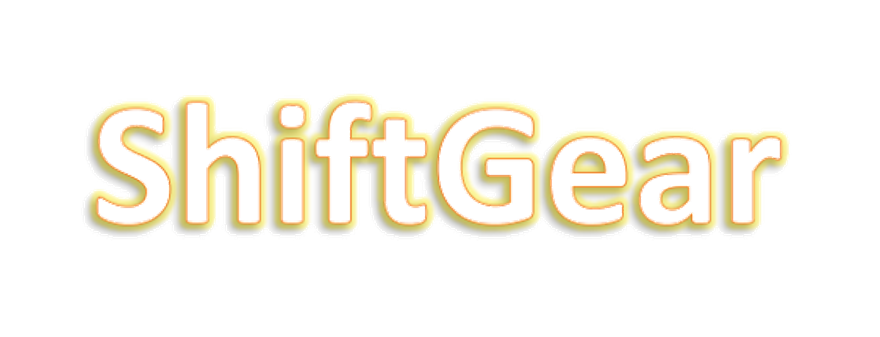Tailoring a broken arm casting device requires an organized method to detect the concern, carry out repairs, and restore capability. As a mechanical engineer, the key focus needs to get on accuracy, safety and security, and adherence to mechanical concepts. Below is a professional guide to attend to a busted equipment system in an arm casting equipment.
(how to gear a broken arm casting machine)
** Evaluation and Medical diagnosis **.
Begin by separating the equipment from source of power and adhering to lockout/tagout procedures. Inspect the equipment assembly aesthetically and manually revolve parts to determine resistance, imbalance, or unusual noise. Use diagnostic devices such as dial indications or laser alignment systems to measure gear backlash, tooth wear, and shaft similarity. Usual failures consist of fractured gear teeth, used bearings, incorrect meshing, or insufficient lubrication. File searchings for to inform fixing techniques.
** Disassembly and Inspection **.
Thoroughly disassemble the equipment real estate, referencing the machine’s technical manual for torque worths and disassembly series. Label components and track bolts to avoid reassembly mistakes. Inspect equipments for matching, spalling, or chipping. Examine shafts for bending, keyway wear, or deterioration. Review bearings for smooth turning and change if scoring or play is discovered. Examine lubrication channels for clogs and test oil top quality for contamination.
** Equipment Fixing or Replacement **.
If equipment teeth are harmed yet repairable, think about machining or grinding to bring back accounts. For serious damage, replace the gear with an OEM or precision-machined replacement. Make sure replacement equipments match material specs (e.g., hardened steel, cast iron) and warmth therapy criteria. Verify dimensional accuracy, including pitch diameter, pressure angle, and module. For helical or bevel gears, validate helix angles and positioning marks to prevent incorrect loading.
** Bearing and Shaft Remediation **.
Replace worn bearings with devices ranked for the device’s tons and rate. Press-fit bearings utilizing hydraulic tools to avoid hammer-induced damage. Check shafts for straightness utilizing a lathe or optical placement tool. Repair small bends using press straightening; replace shafts with substantial deflection. Restore keyways via welding and re-machining if required.
** Adjustment and Lubrication **.
Reassemble parts, guaranteeing shafts are identical and gears mesh correctly. Use shims or adjustable mounts to tweak placement. Measure reaction with a feeler scale and adjust gear positioning till within manufacturer resistances. Apply a high-viscosity commercial lubricant compatible with operating temperature levels and loads. For enclosed systems, consider oil filtration upgrades to alleviate contamination.
** Evaluating and Calibration **.
Reconnect power and conduct a no-load examination. Display vibration and noise making use of accelerometers or acoustic sensing units. Progressively enhance load to functional degrees while observing temperature spikes or irregular activities. Validate positioning post-testing, as thermal growth may shift parts. Calbrate control systems to ensure synchronization between equipments and casting arm activities.
** Safety net **.
Implement an upkeep routine to evaluate gears biannually for wear patterns. Install condition-monitoring sensing units to identify early indications of lubrication failure or misalignment. Train drivers to identify signs like uncommon sounds or casting errors, which may suggest equipment issues.
** Verdict **.
(how to gear a broken arm casting machine)
Repairing a damaged gear system in an arm spreading machine demands careful analysis, accuracy machining, and strenuous screening. Focus on safety and security methods, part compatibility, and alignment accuracy to recover machine dependability. Positive maintenance and operator training additionally decrease downtime, making sure constant production efficiency in shop operations. By sticking to these actions, mechanical designers can successfully resolve gear failures and extend the functional life expectancy of crucial casting tools.


